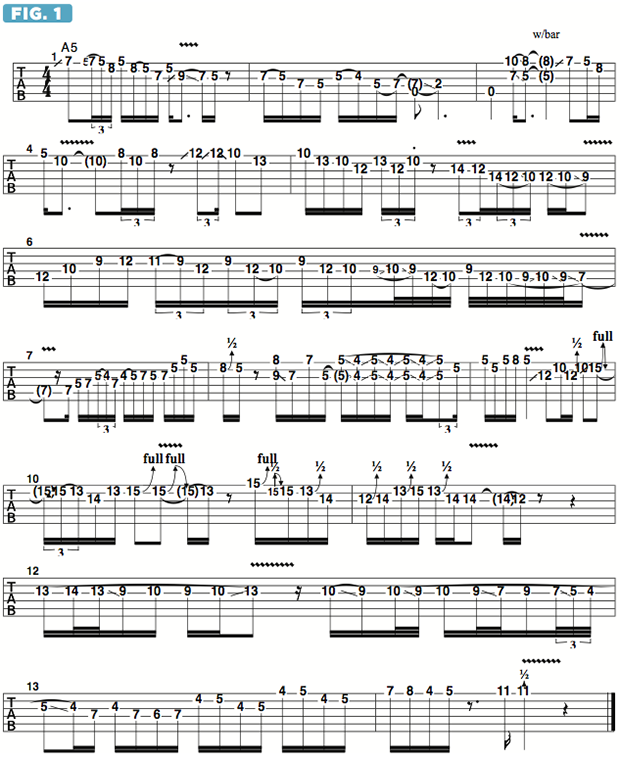Synthesizing Different Musical Styles in the Quest for Inspired Improvisation
Satch dishes on how to go about blending different styles to improve your improvisation.

From my earliest days as a guitar player, my musical tastes were very broad—I loved rock, blues, jazz and a variety of other styles.
The sounds and emotions evoked by these different types of music had, and continues to have, a profound effect on the formation of my own musical sensibilities.
This, of course, is most readily apparent in the types of musical lines I will play when improvising. In my early days, I think I lost a lot of gigs because my musical interests were not focused on one specific thing.
I’d be asked, “Why are you playing all of those other notes?” and I thought, well, one day people might find out what I’m really about, and maybe I’ll get rewarded for playing those “other” notes.
It might sound a bit esoteric, but I think this is at the heart of what a lot of musicians ask themselves when they are practicing: Why am I doing this? What really is my style? What am I trying to say? And “what’s allowed?” which is a very important question to ask.
The truth is that anything is allowed, because there really are no rules. Whether a musical idea works or not often comes down to the way in which one presents it, so, if you are feeling it, you might as well try it. To put this in more practical terms, if I were going to start playing freely in the key of A, without any particular guidelines to follow, I would utilize the freedom to follow my musical whims.
FIGURE 1 presents a 14-bar improvisation in the key of A, within which I touch on different musical ideas, sounds, rhythmic syncopations and phrasings, all performed and developed in as “free” a way as possible. I begin in bars 1 and 2 with lines that I think of as falling within the blues-rock genre, starting by sliding up to the ninth, B, and then using a quick hammer/pull to get back to the A root note at the high E string’s fifth fret.
All the latest guitar news, interviews, lessons, reviews, deals and more, direct to your inbox!
From there, the line descends and then resolves in bar 2 to an A5 chord. In bar 3, I begin with strummed octaves—a technique and musical device that Jimi Hendrix and Wes Montgomery used often as a means of presenting melodic ideas—and then I return to blues-flavored lines.
The last note of bar 5 is B, the ninth, and this inspired me to move into an Am7 arpeggio at the start of bar 6, after which I instigate a modal approach, staying within the confines of A Dorian (A B C D E F# G). While skirting on the edge of bluesiness through the next several bars, I evolve the melody toward the more exotic, world-music-flavored A harmonic minor scale (A B C D E F G#), starting at bar 12, and I remain within that general tonality through the rest of the improvisation.
This type of playing works well over a pedal point—one held or reiterated note that represents the home key. It also works over a suspended chord, such as a sus4 or sus2, wherein the tonality feels unresolved. The notes of the chord are just “suggestions” for melodic pivot points, and there are so many different directions one can travel from them.

